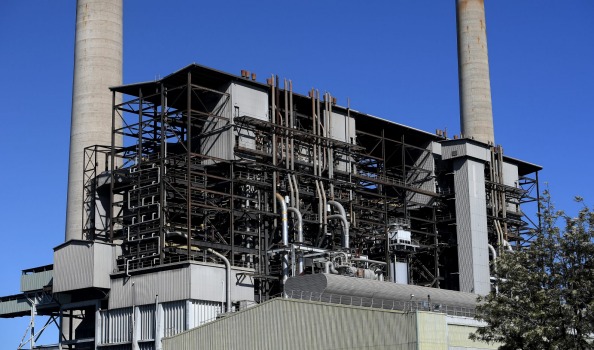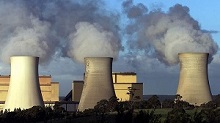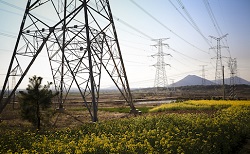On Wednesday morning Ben Potter’s article in the AFR Coalition fiddles as renewables remake grid told business leaders and politicians what is actually happening before their eyes.
Over at the Oz the headline was:
Abbott call: Pull out of Paris deal
and
- NATS DEMAND THREE COAL POWER STATIONS
So, what is going on? We’ll look at the Nats first, then Abbott, and finally, the real world. Things are coming to a crunch point which will determine how Malcolm Turnbull’s stewardship is seen by future generations. Continue reading ‘Coalsheviks’ want to head renewable energy off at the pass

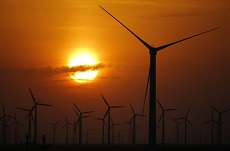
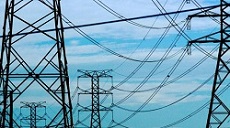
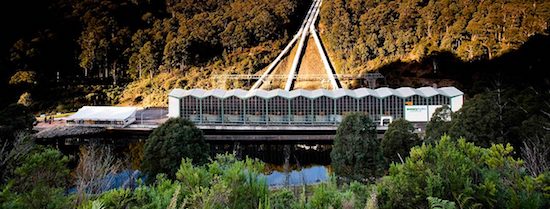

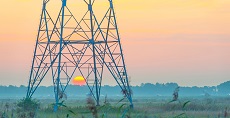
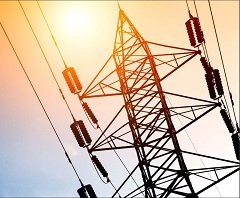 One morning recently, 10 October I think, local ABC radio host Steve Austin called up Queensland energy minister Mark Bailey to ask him about an announcement the Queensland government had made. Something about, on a voluntary basis, turning down your aircon so it runs at 26C and being paid for the power saved.
One morning recently, 10 October I think, local ABC radio host Steve Austin called up Queensland energy minister Mark Bailey to ask him about an announcement the Queensland government had made. Something about, on a voluntary basis, turning down your aircon so it runs at 26C and being paid for the power saved.
 Four and a half years ago, at the national conference of the AWU in 2013, general secretary Paul Howes
Four and a half years ago, at the national conference of the AWU in 2013, general secretary Paul Howes 